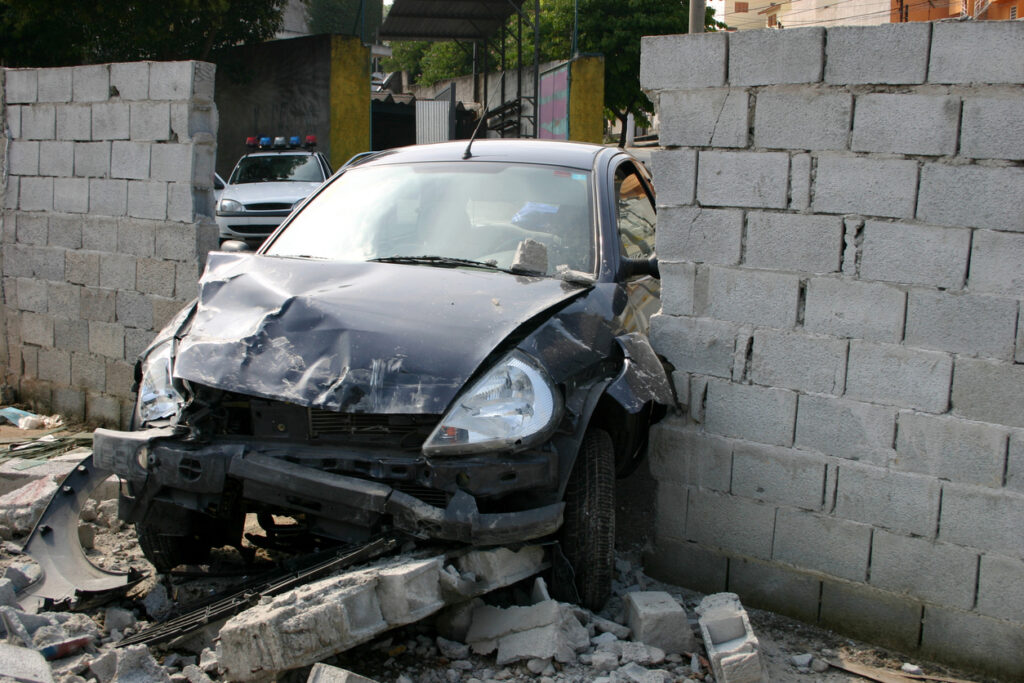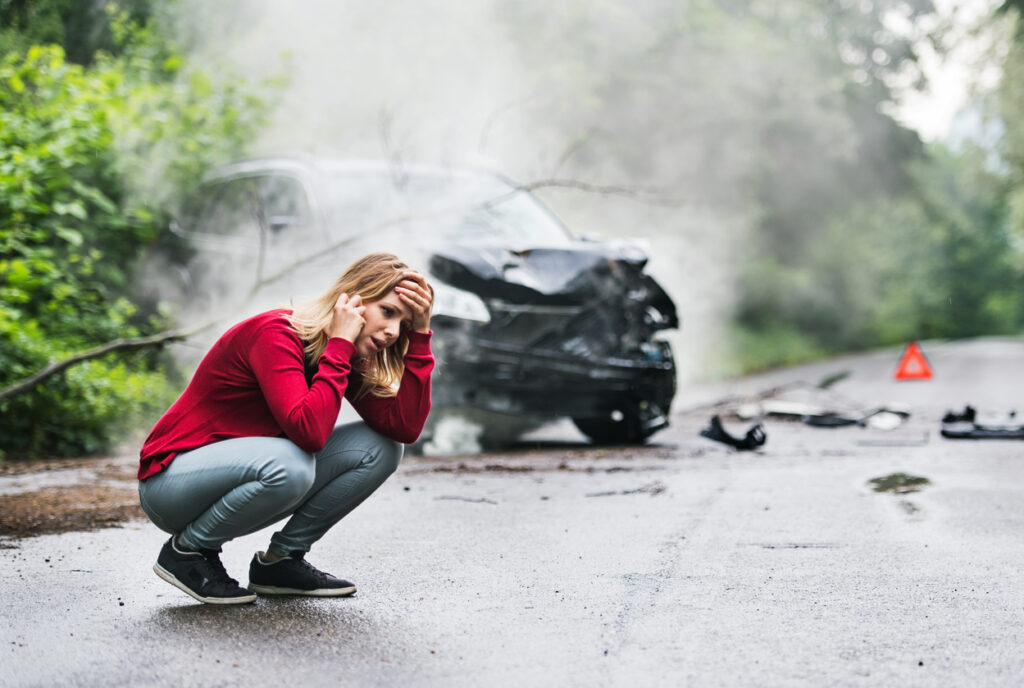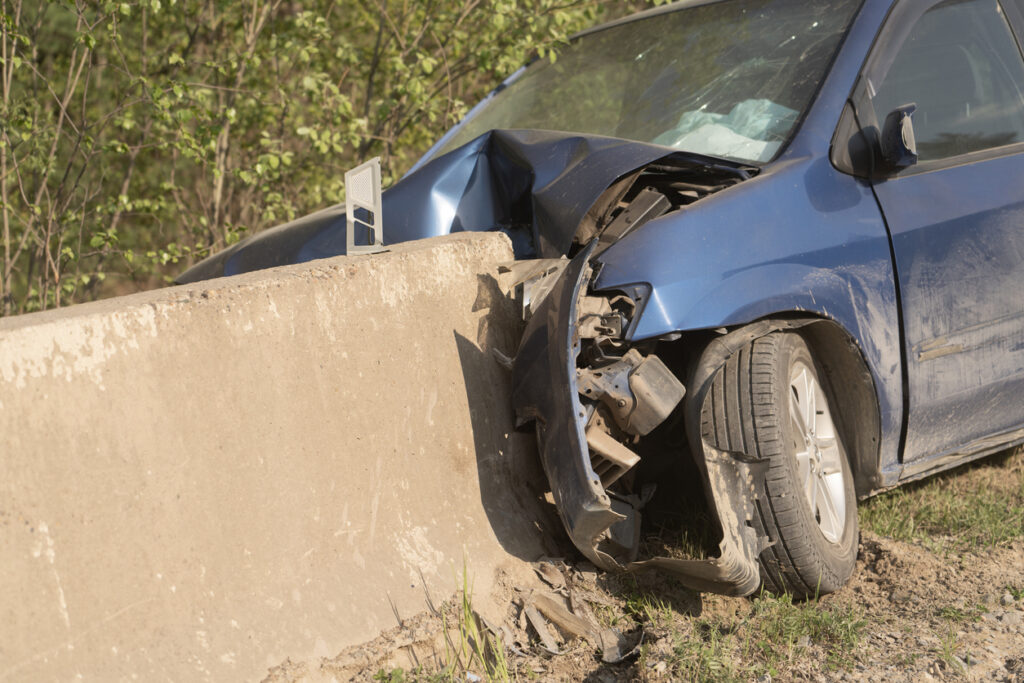A Single Vehicle Crash on I-25 in Denver may seem like a straightforward incident on the surface, but legally, it is anything but simple. While there’s only one vehicle directly involved, the causes, liabilities, and potential lawsuits stemming from such crashes can be just as complex as multi-vehicle collisions. Drivers, passengers, manufacturers, and even government agencies may become part of the legal equation depending on the crash’s circumstances.
As one of Colorado’s busiest interstates, I-25 sees heavy traffic throughout Denver and its surrounding areas. Its congestion, sudden weather shifts, and construction zones create frequent hazards. Single-vehicle crashes on this stretch of road have increased in recent years, pushing many accident victims into unexpected legal challenges.
What Is a Single Vehicle Crash on I-25 in Denver?
Legally, a single-vehicle crash refers to an accident involving just one automobile without physical contact with another vehicle. While the absence of a second car might imply the driver is at fault, this is not always accurate. Accidents might occur due to evasive maneuvers, road hazards, wildlife crossings, or equipment failures—all factors that can shift liability away from the driver.
In the context of I-25 in Denver, common scenarios include vehicles hitting concrete medians, skidding off-road due to black ice, or colliding with construction equipment improperly placed on the shoulder. Even though no other driver is physically involved, the fault might lie elsewhere.
Common Causes Behind These Crashes
While Single Vehicle Crashes on I-25 in Denver often involve high speed, the triggers are more nuanced. Some frequent causes include:
-
Poorly maintained roads (potholes, debris)
-
Inadequate signage during road construction
-
Vehicle malfunctions (brake failure, tire blowouts)
-
Weather conditions (rain, ice, fog)
-
Driver fatigue or distraction
-
Swerving to avoid animals or debris
A driver may lose control not from recklessness but from trying to avoid a more dangerous outcome—like colliding with an object that shouldn’t have been on the highway.
Is the Driver Always Liable in a Single Vehicle Crash?
No, the driver is not always legally responsible. In fact, liability is determined after a full investigation. Evidence from traffic cameras, dashcams, eyewitnesses, or vehicle data can help establish the true cause. Liability may lie with:
-
The Colorado Department of Transportation (CDOT) if road conditions contributed
-
Auto manufacturers if a mechanical defect caused the crash
-
Construction companies for inadequate traffic control measures
-
Other drivers (even if not physically involved) who may have forced the driver off the road
Colorado follows a modified comparative negligence law, which means more than one party can share responsibility, and victims may still recover compensation if their fault is less than 50%.
Mechanical Failures and Manufacturer Responsibility
Mechanical issues are common contributors to single-vehicle crashes. A blown tire, failed brake system, or stuck accelerator can make it impossible to avoid an accident. When this happens, the vehicle’s manufacturer, parts supplier, or maintenance provider might be liable.
If proven, these cases fall under product liability law. Victims must demonstrate the defect existed at the time of manufacturing and directly caused the crash. These lawsuits are evidence-heavy, requiring expert testimony, detailed vehicle inspections, and sometimes recalls or technical service bulletins as supporting documents.
The Role of Road Design and Government Liability
Certain stretches of I-25 are notorious for abrupt merges, narrow shoulders, and limited visibility. If poor road design or lack of warning signs played a role in a crash, legal action may be brought against the responsible government agency or contractor.
However, suing a public entity in Colorado involves strict procedures and deadlines under the Colorado Governmental Immunity Act. Victims must provide formal notice within 182 days of the incident and demonstrate the government entity acted with negligence.
Construction Zones: A Legal Gray Area
Construction areas are hotspots for confusion and error. Reduced lanes, unclear signage, and misplaced cones can quickly lead to a single vehicle crash on I-25 in Denver. If a driver crashes into equipment or barriers placed too close to active traffic lanes, the construction contractor may bear responsibility.
Moreover, poorly lit zones at night or failure to alert drivers about upcoming hazards can turn an otherwise cautious driver into a victim. These cases typically require swift evidence collection, including incident reports and photographs.
Tragic Outcomes: When Crashes Turn Fatal
Some single-car crashes sadly result in loss of life. These cases often lead to wrongful death claims, especially when there is suspicion of external fault. A fatal single vehicle crash on I-25 in Denver under investigation shows how even fatal single-vehicle incidents require deep investigation to determine whether road conditions, mechanical issues, or external factors were to blame.
Surviving family members may seek compensation for loss of income, companionship, funeral costs, and more—provided they act within the statute of limitations.
Passengers Injured in Single Vehicle Accidents
Passengers are entitled to compensation when injured in solo crashes. The at-fault party might be the driver, a third party, or even a manufacturer. The passenger’s relationship to the driver does not impact their legal right to file a claim.
However, insurance companies might try to reduce or deny claims, especially if the passenger wasn’t wearing a seatbelt or contributed to the distraction of the driver. Collecting witness accounts and medical records early strengthens any case.
Insurance Challenges and Denials
Single-vehicle crashes often face more pushback from insurers. Collision coverage might help, but insurance companies frequently assume driver negligence. Insurers may argue that a more attentive driver could have avoided the crash, especially if no police report or photographic evidence is submitted.
Thus, victims should report the crash promptly, seek medical attention, and document every detail—even if the accident appears minor at first. A good legal case often depends on early evidence gathering.
Avoiding Liability When Swerving to Miss an Obstruction
Swerving to avoid a hazard—such as fallen cargo, an animal, or a pothole—can still lead to legal complexity. If the obstruction came from another vehicle or government negligence, the responsible party may be held liable even if there was no collision with that party’s vehicle.
For example, if a commercial truck failed to secure its load and debris fell onto I-25, causing a driver to crash, that company might be liable for resulting injuries or damage. Proving these facts requires investigative support and timely reporting.
Government Claims: Procedures and Pitfalls
When suing the state or city for poor road conditions, your timeline to act is shorter than in private lawsuits. You must file a notice of claim within 182 days from the date of the crash. Failure to do so can forfeit your right to recover damages.
These claims also require stronger evidence, such as proving that the government entity had prior knowledge of the hazard and failed to act. Accessing maintenance logs or 311 complaint histories can assist in establishing this fact.
Statute of Limitations for Legal Action
In Colorado, victims typically have two years to file a personal injury claim after a single-vehicle accident. However, exceptions exist, especially when a crash involves government negligence or a fatality. Always verify whether your situation involves a shortened deadline.
To learn more, please read our other blog related to Colorado’s Statute of Limitations for Personal Injury Explained.
Evidence That Strengthens Your Case
The more evidence you collect, the stronger your legal case will be. After a crash, always aim to gather the following:
-
Photos of the crash scene, vehicle damage, and road hazards
-
Contact details of witnesses
-
Dashcam footage, if available
-
Police report or incident number
-
Medical records if injuries occurred
-
Vehicle maintenance records (especially if you suspect a mechanical issue)
In legal terms, it’s often not what happened—but what you can prove happened—that matters most.
When Commercial Vehicles Are Involved Indirectly
Sometimes a single-vehicle crash occurs because of actions by another vehicle, such as a semi-truck changing lanes abruptly or dumping debris. Even if there’s no contact, the commercial vehicle may be legally responsible if its conduct caused the crash.
Gathering commercial vehicle license plates, dashcam footage, or eyewitnesses becomes critical in such cases. These incidents often require reviewing surveillance from nearby traffic cameras, which should be requested quickly before being overwritten.
Understanding Modified Comparative Negligence in Colorado
Colorado uses a modified comparative negligence system, meaning if you’re found to be less than 50% at fault, you can still recover damages. Your compensation is reduced by your percentage of fault.
For example, if you’re 30% responsible and awarded $100,000, you’ll receive $70,000. This makes it important to clearly establish the contributing factors beyond your own actions in a single vehicle crash on I-25 in Denver.
Seeking Justice Even Without a Second Car
Don’t assume that a single-vehicle crash leaves you with no options. Whether you were injured due to manufacturer defects, poorly maintained roads, or hazardous construction areas, your legal rights should be explored.
Even when the case appears minor, filing a claim may lead to reimbursement for medical costs, car repairs, lost income, and more.
Referencing Credible Legal Resources
Understanding your rights is crucial when dealing with these cases. For up-to-date legal information on highway safety, traffic laws, and statistics, you can visit the National Highway Traffic Safety Administration.
Final Thoughts
A Single Vehicle Crash on I-25 in Denver might look like a straightforward event, but legally, it can evolve into a complex web of liabilities and claims. Drivers, passengers, families, and property owners may all have a stake in the outcome, especially when injuries or fatalities are involved.
Each crash is unique, with its own blend of causes, implications, and evidence. By understanding Colorado’s legal framework and exploring every possible angle—from manufacturing defects to municipal negligence—you can protect your rights and secure the compensation you may deserve.


